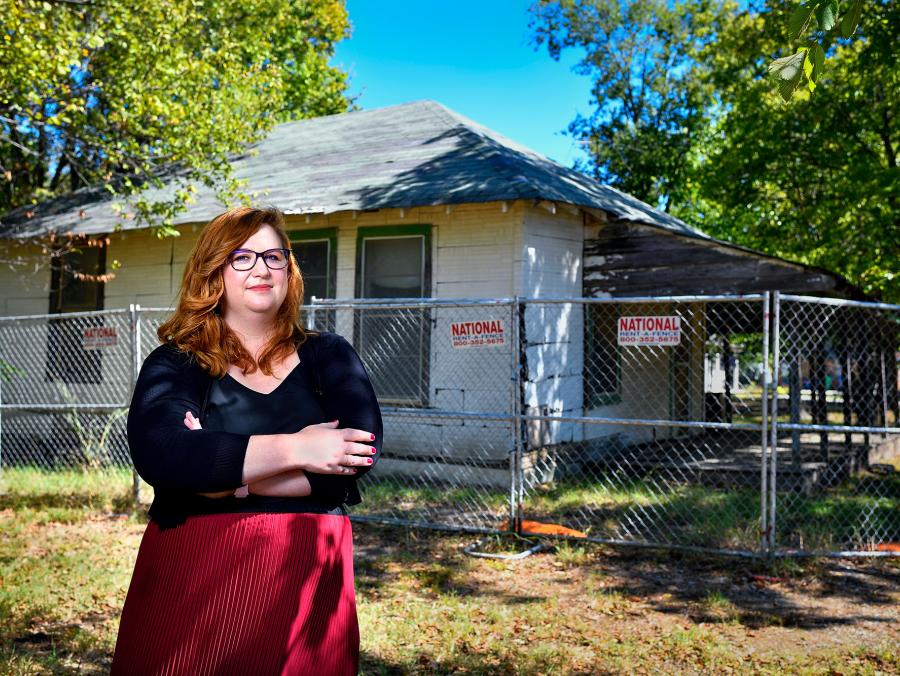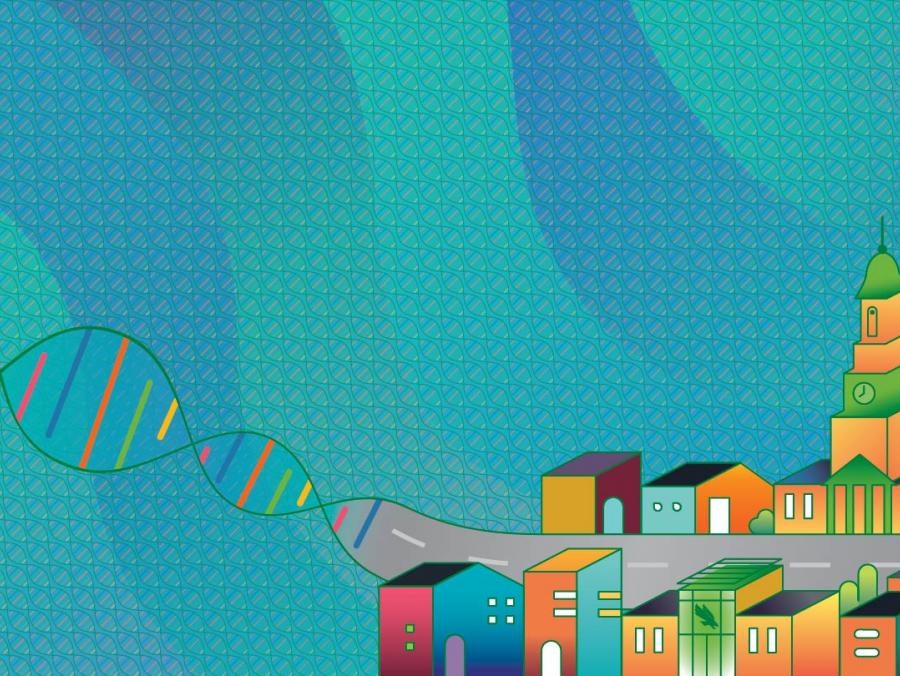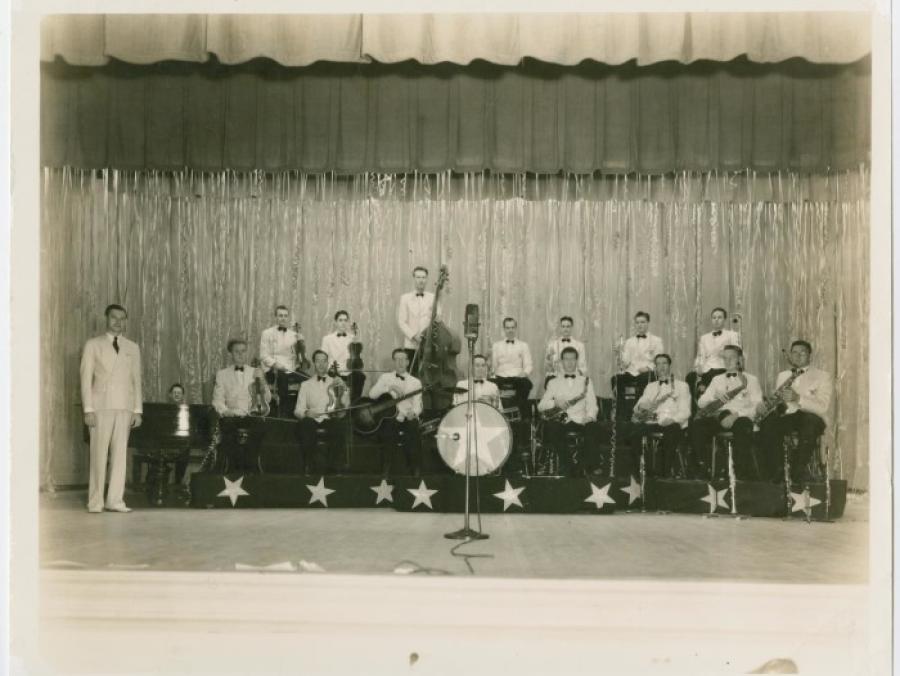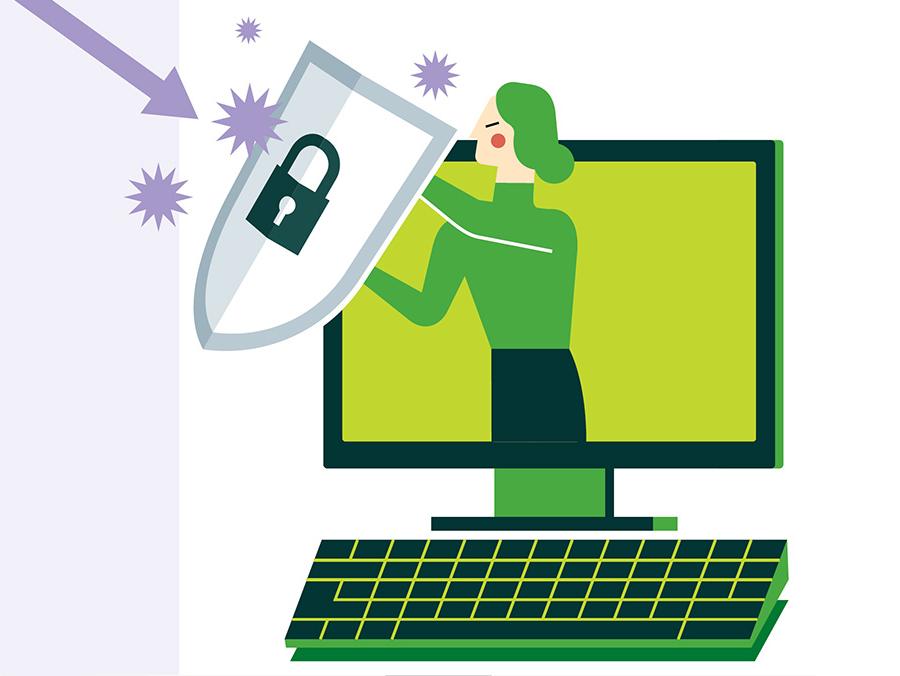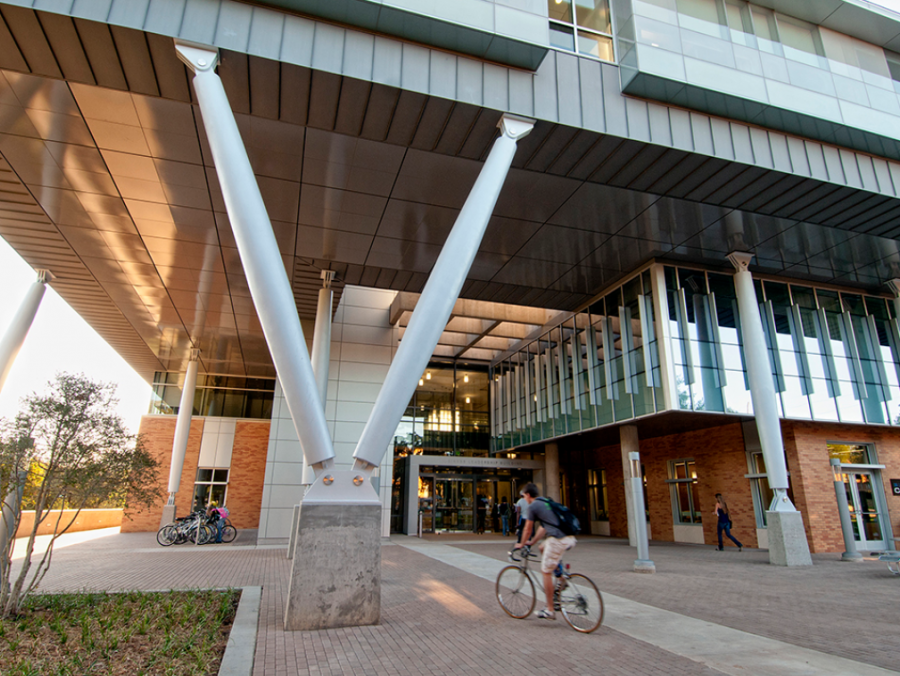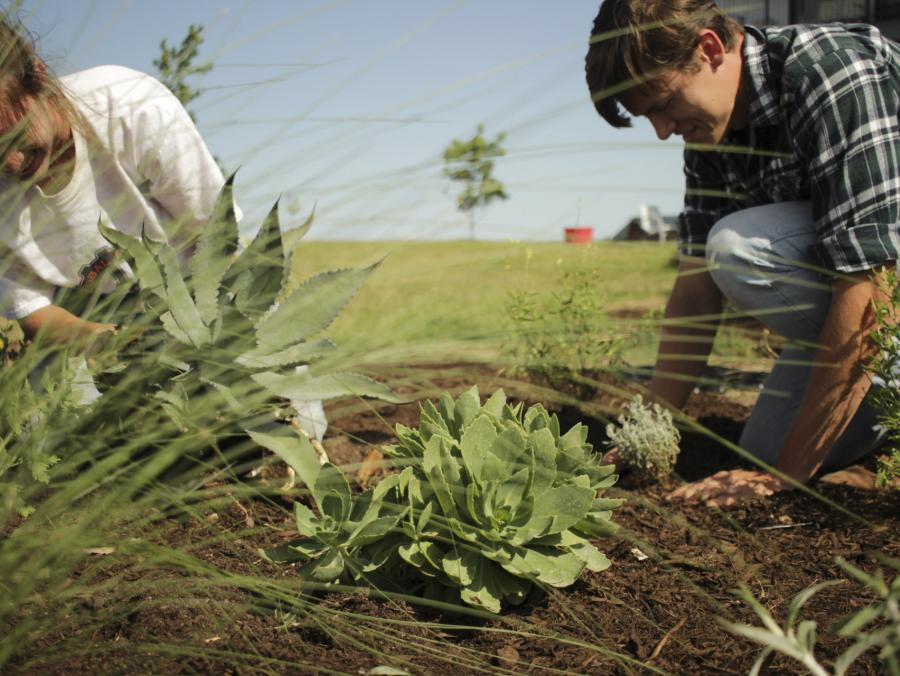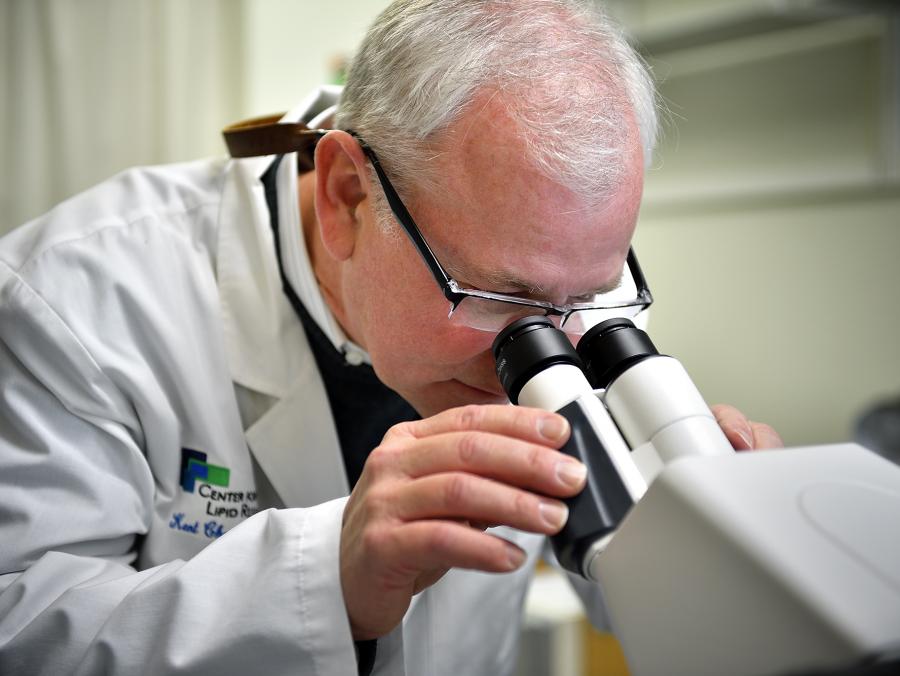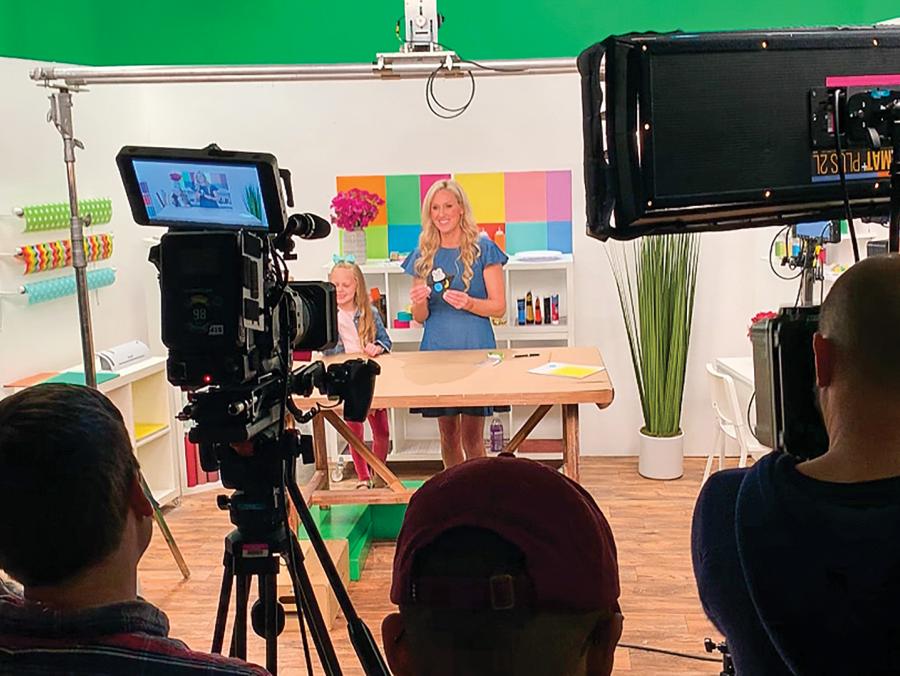he past few months have been challenging for everyone, and certain industries in particular are feeling the strain. Whether it's overflowing hospitals, under booked airplanes or overloaded internet, there have been lessons learned in nearly every conceivable aspect of modern life. Of course, that's particularly significant for universities that are preparing the next generation of changemakers. Here, professors from some of the fields most affected by COVID-19 discuss some key takeaways for their areas moving forward, and how those lessons could potentially affect future curriculum.

Pam Harrell
Professor and co-director of Teach North Texas in UNT's Department of Teacher Education and Administration
"Instructors may want to begin designing a curriculum that is more functional and relevant to learner needs in an online environment. Beginning with the learning outcomes, the lessons, assignments, materials, resources and assessments should reflect good design principles that support and engage learners."
Access is not equal. One important takeaway from this experience is that the computers and internet connection for our students and faculty are not equal. Some students (and faculty) have slow connections that do not support video well. Some students have a spouse working from home or children at home who also are engaged in online learning. Depending on the number of people in a home, trying to access the internet presents problems such as crashing and slow connections.
Students aren’t familiar with the features of Zoom. During March, almost all of my students were unfamiliar with Zoom, so they needed a crash course. The features of Zoom, such as chat, raising a hand, thumbs up, sharing a screen and annotating a document all had to be learned, and students needed motivation to interact in these new ways if they were to stay engaged.
Social and emotional considerations. Compared to the face-to-face instruction to which the students had become accustomed, the need to help students feel connected was heightened. Because their world (and mine too) had been turned upside down, they needed to feel comfortable with the online format, and above all they needed to believe that they had the potential to be successful.

Gary Webb
Professor and chair of UNT's Department of Emergency Management and Disaster Science
"In addition to being critical thinkers and complex problem solvers, the next generation of disaster professionals will need to be socially aware, recognizing that broad societal trends, including rapid urbanization and globalization, have dramatically increased the risks we face and created an environment in which those risks can quickly spread and multiply."
Lessons confirmed. The primary lesson we have learned from major disasters of the past, and one that is confirmed once again by COVID-19, is that communities are remarkably resilient in the face of even the most extreme events. Although disasters take a toll — in terms of loss of life and widespread social disruption — impacted communities always find ways to bounce back and in many instances do so in a manner that makes them stronger, safer and even more resilient in the future.
Developing new competencies. Given the severity of COVID-19 — and other recent catastrophic events — it is clear that the next generation of disaster professionals will need a new set of competencies to fully understand and grapple with the highly complex and cascading consequences of future disasters. At UNT, we have infused these next-generation competencies — namely, scientific, geographic and socio-cultural literacy — into our curriculum at both the undergraduate and graduate levels. In doing so, we are ensuring that UNT — which established the nation’s first emergency management degree program in 1983 — continues to lead the way in educating the next generation of disaster professionals and doing its part to promote societal resilience to disasters.

Linda Mihalick
Senior lecturer, Digital Retailing and Consumer Experience and senior director of UNT's Global Digital Retailing Research Center
"Digital retailing, the supporting online technologies and consumer experiences are seeing great impacts. Approximately 60% of all physical stores closed, and online became the lifeline to acquiring the products needed to continue living in home quarantine. Curriculums and student learning will be adapted to address these real-time implications."
Impacts for the industry. Access to online merchandise such as groceries, computer and video equipment, home products and medicines became the only option to many. In a majority of cases, digitally delivered products and the technology to fulfill them were already previously available. With only 10% of merchandise sold online pre-pandemic, many consumers had never experienced online ordering, home delivery or store pick-up options.
Pickup orders increase. According to Adobe Analytics, U.S. ecommerce sales increased 49% from mid-March through mid-April, as compared to the previous 15 days. It’s no surprise these numbers were fueled by the categories of groceries, books and alcohol. A large percentage of these orders were created using the method of buy-online-pickup-in-store, or BOPIS. Many retailers quickly adapted the “pickup” portion of this model to curbside pickup, affording customers the ability to get products quickly without the need to go inside the physical store.
Dressing for a pandemic. One category experiencing a major shift is apparel, which has seen an overall 34% increase in online sales during the pandemic, according to Adobe. The most popular category types have shifted away from pants and jackets to apparel that is comfortable, loungewear and workout gear merchandise. The combination of typical lower retail prices for these favored categories of merchandise coupled with deep-discounting by retailers who have lost their physical store sales has resulted in an immediate reported drop of 9% in average order value.
Implications for physical stores. When physical stores do reopen, there also will likely be big impacts to store layouts, designs and customer experiences. These could include fitting rooms and how they are managed, a banishing of popular pre-pandemic models such as open-sell cosmetics — which may be perceived as uncleanly or difficult to keep germ-free — and assessment of high-touch interactions with sales associates on the selling floor and at check-out.



